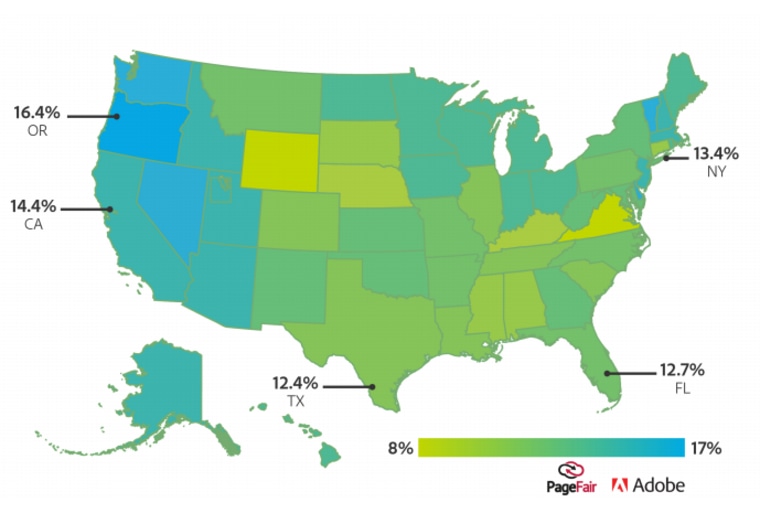A study by Adobe and Pagefair shows that the practice of blocking ads while using the Web is growing quickly — and advertiser revenues are shrinking as a result. The latest numbers suggest that 16 percent of the online population in the U.S. used ad-blocking software — around 45 million out of an estimated 280 million Internet users. That might not sound like a lot, but it was only 11 million or so last year, and will likely continue to grow.
Related: This Apple Move Might Strike Fear Into Advertisers
The researchers estimate advertisers' loss of revenue due to ad-blocking in 2015 at a massive $21.8 billion. Game sites were the most likely places to face ad-blockers, followed by social networking services.
Mobile phones are just starting to get into the fun, too: A variety of custom Web browsers for iOS and Android phones have ad-blocking built in or allow users to install software that adds the capability. With mobile Internet use growing like crazy, it's no surprise that people are finding ways to bring their desktop browsing habits to their phones. But right now mobile only makes up 2 percent of ad blocking, so there's room to grow.
Related: Why Some Netflix Users Are Suddenly Seeing Ads

Who blocks the most ads? In the U.S., the highest rates of blocking are found in Oregon, with 16.4 percent of ads blocked, according to Adobe and Pagefair's estimate. The lowest would be Washington, D.C., with half that — 8.2 percent blocked.
The writers of the report conclude that ad blocking has resulted from "intrusive, annoying, irrelevant or downright creepy" ads, and that users must be treated with respect if they are expected to tolerate advertising they can turn off with a click.
